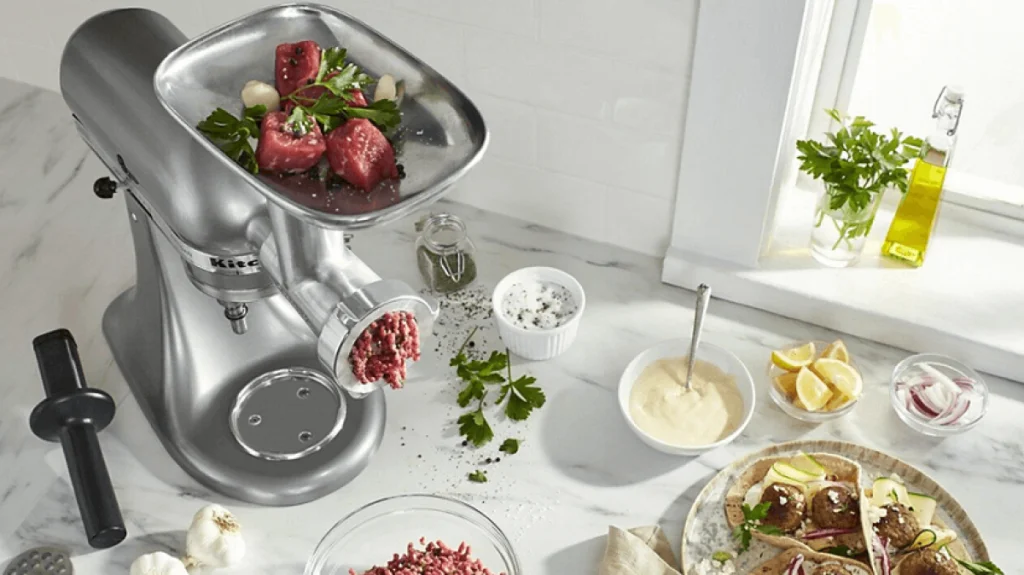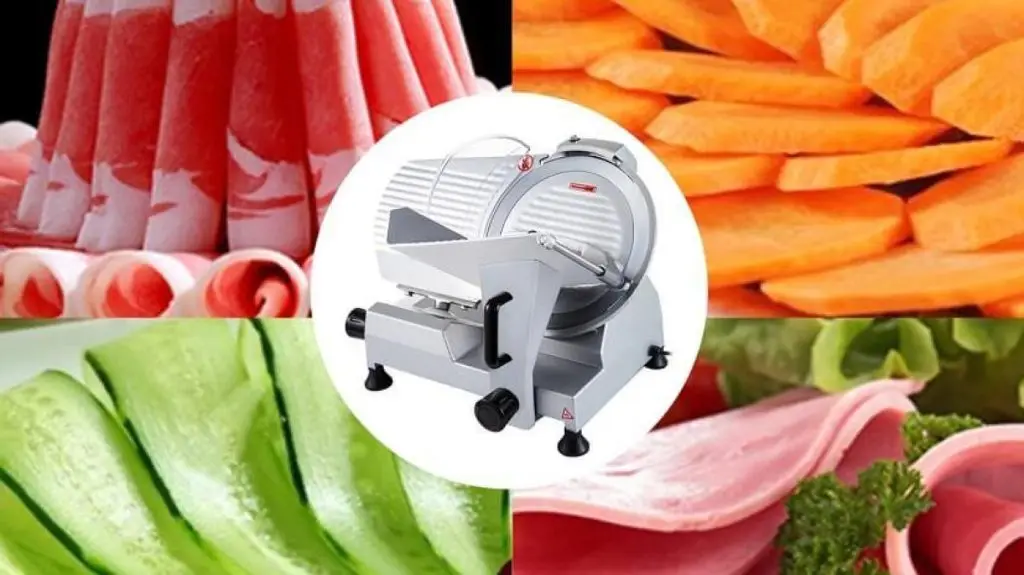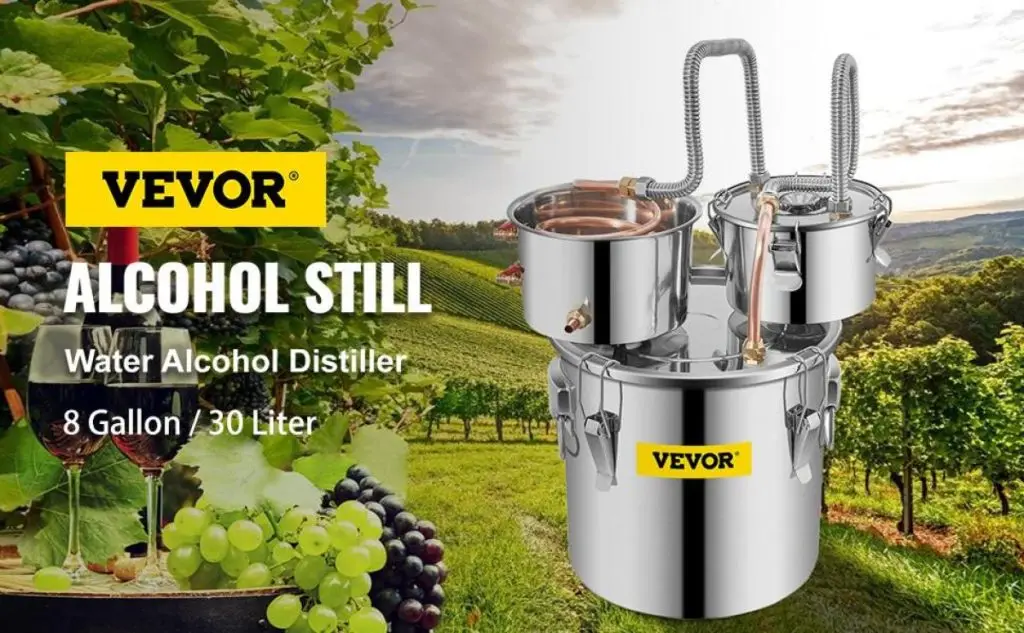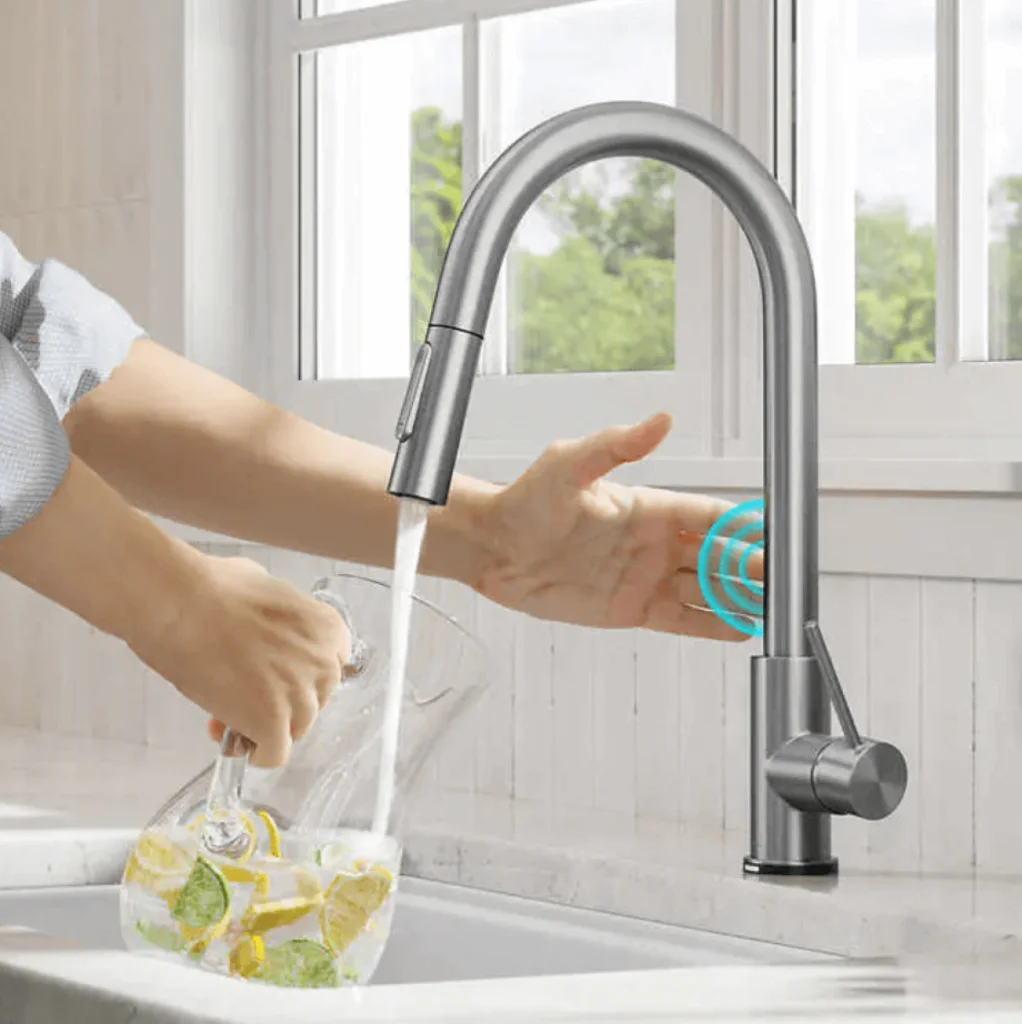Meat grinders and food processors are two of the most versatile kitchen appliances, capable of performing a wide range of food preparation tasks. From grinding meat to chopping vegetables to puréeing fruits, these appliances can make cooking faster, easier, and more enjoyable.
Both are kitchen powerhouses in their own right! But which one is truly tailored to your needs? It’s time to unravel the meat grinder vs. food processor dilemma.
In today’s entry, we will comprehensively compare meat grinders with food processors. Among other things, we will take a closer look at the functionality, versatility, size and capacity, ease of use, and suitability of different ingredients of each appliance.
Understanding Meat Grinders

A meat grinder is a kitchen appliance that grinds meat, poultry, fish, and other ingredients into a fine or coarse texture. It consists of a hopper, a screw conveyor, a cutting plate, and a knife. The meat is placed in the hopper and fed into the screw conveyor, which pushes it against the cutting plate.
Meat grinders can be electric (see the image above) and manual, like the one below.
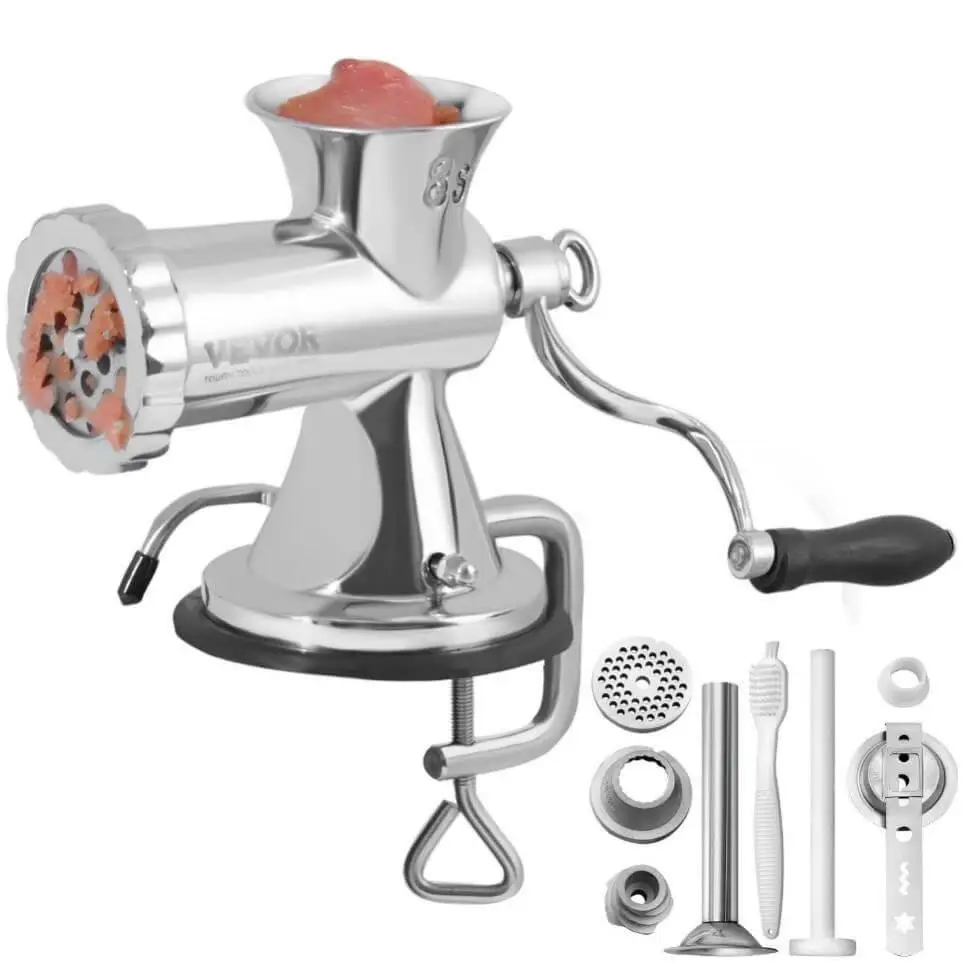
What Are the Utilities of Meat Grinders?
Meat grinders are versatile appliances used for a variety of tasks, such as:
- Grinding meat for burgers, meatballs, sausage, and other meat dishes
- Making ground chicken or turkey for tacos, chili, and other dishes
- Grinding fish for fish cakes, fish sticks, and other seafood dishes
- Grinding vegetables for salsas, dips, and other sauces
- Grinding nuts and seeds for pesto, hummus, and other spreads
- Making baby food, etc.
Pros and Cons of a Meat Grinder
| Pros of Meat Grinders | Cons of Meat Grinders |
| Relatively inexpensive and easy to use. | Can be difficult to clean, especially if you are grinding meat. |
| Can produce a fine or coarse grind depending on the desired texture. | The grinding plates and other removable parts must be thoroughly cleaned after each use to prevent the growth of bacteria. |
| Versatile appliances that can be used for various tasks. | |
| Ground meat made at home is often fresher and more flavorful than ground meat purchased from the store. |
Understanding Food Processors
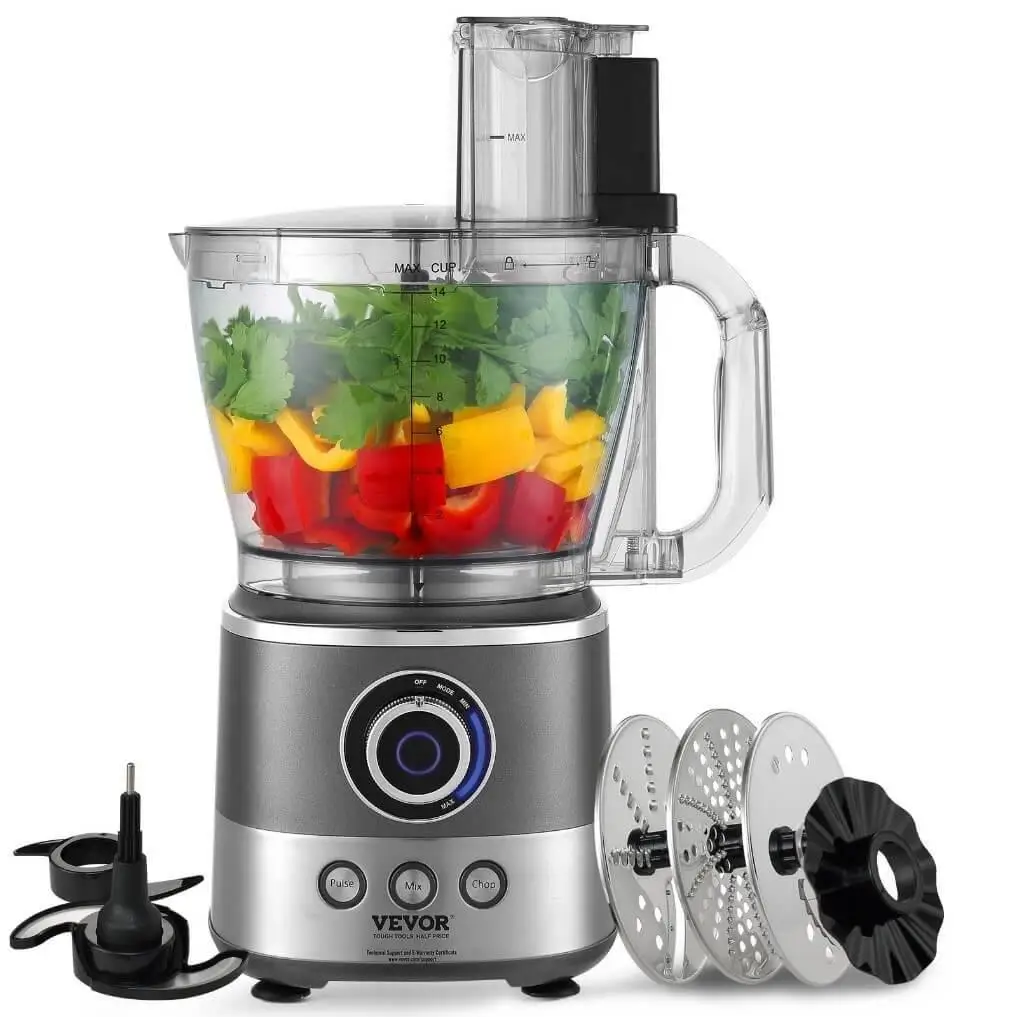
Food processors are kitchen appliances used for chopping, slicing, dicing, grating, and smashing food. The size and texture of the food can be controlled by the speed of the blade and the time that the food is processed.
Food processors typically come with a variety of blade attachments, each designed for a specific task. For example, the chopping blade is used to chop vegetables, fruits, nuts, and seeds. The grating blade grates cheese, carrots, and other hard foods. The dough blade is used for kneading bread dough and other types of dough.
What Are Food Processors Used For?
Food processors are, you may say, the most versatile kitchen appliances—they are a must for the kitchen. The following are some of the tasks food processors are used for:
- Chopping vegetables for salads, soups, and stews
- Slicing fruits and vegetables for pies, cakes, and other desserts
- Dicing potatoes, onions, and other vegetables for stir-fries, curries, and other dishes
- Grating cheese, carrots, and other hard foods for salads, pasta dishes, and other dishes
- Kneading bread dough, pizza dough, and other types of dough
- Puréeing fruits and vegetables for smoothies, baby food, and other dishes
- Making pesto, hummus, and other spreads
- Crushing ice for cocktails and milkshakes
- Grinding meat with a food processor—if the meat grinder is not available.
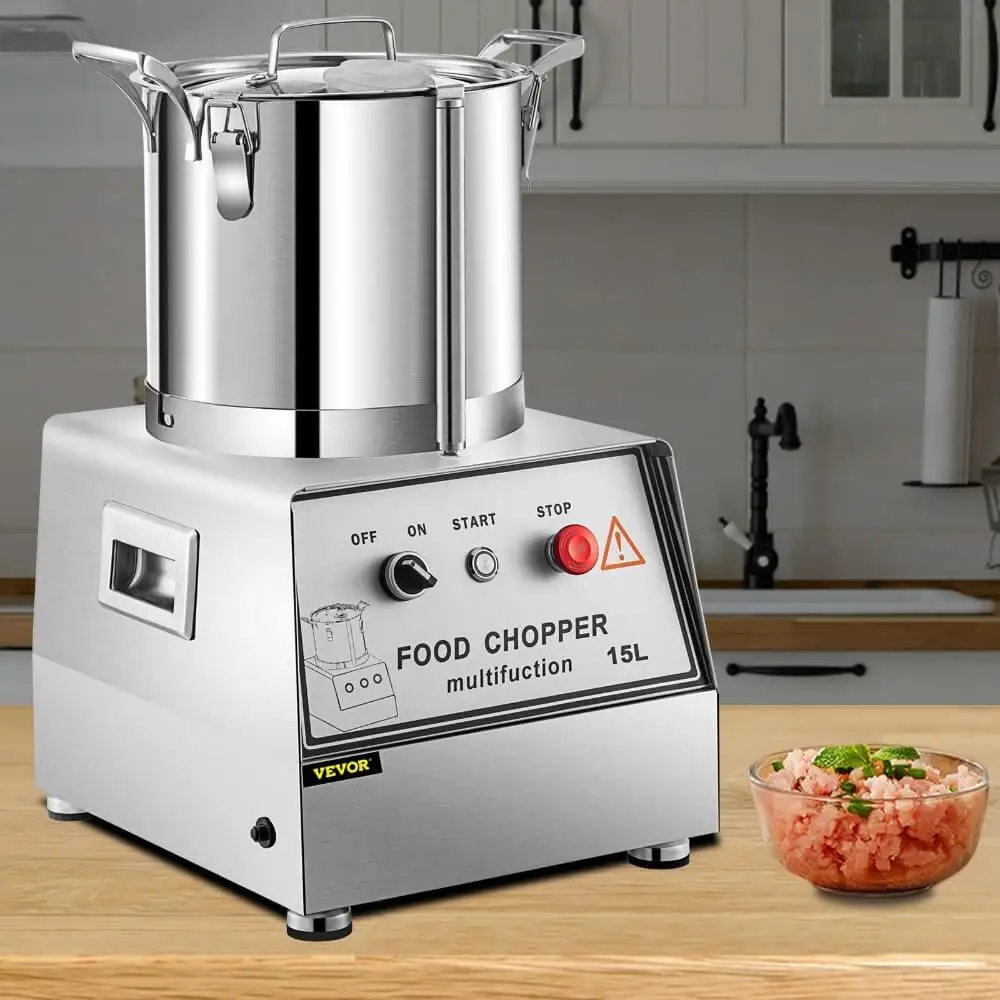
Pros & Cons of a Food Processor
| Pros of Food Processor | Cons of Food Processor |
| Versatile appliances that can be used for a variety of tasks. | Can be expensive, especially high-end models. |
| Can save time and effort in the kitchen. | May not be suitable for all tasks, such as chopping hard foods or kneading sticky dough. |
| Can produce consistent results, even when chopping or slicing large quantities of food. | |
| Relatively easy to use and clean. |
Meat Grinder vs. Food Processor: A Comparative Analysis
Primary Functions
The primary function of a meat grinder is to grind the meat into a fine or coarse texture. In some cases, it can also be used to grind other ingredients, such as vegetables, nuts, and seeds.
Food processors, on the other hand, are more versatile appliances that can be used for a number of food preparation tasks, including chopping, slicing, dicing, grating, and puréeing food. While they may be used for grinding meat, they are not as efficient as meat grinders.
Meat Processing
When it comes to meat processing, meat grinders are the clear winners. They produce a fine, even grind that is perfect for making burgers, meatballs, sausage, and other meat dishes. But can you grind meat in a food processor? Yes, but it can produce a less consistent grind, and the meat may be more likely to become mushy.
Versatility
Food processors are more versatile than meat grinders. They can be utilized for a wider range of food preparation tasks, including chopping vegetables, slicing fruits, grating cheese, and puréeing fruits and vegetables. But meat grinders are primarily designed for grinding meat and other fibrous ingredients.
Size and Capacity
Meat grinders are typically smaller and more compact than food processors. They also have smaller capacities, making them ideal for grinding small to medium quantities of meat or other ingredients. But that’s not the case with food processors—they are available in many sizes and capacities, making them suitable for both small and large households.
Ease of Use
Both meat grinders and food processors are relatively easy to use. But, using manual meat grinders would require more elbow grease, as you need to manually push the meat through the grinder.
On the other hand, food processors are electric appliances that do all the work for you.
Cleaning and Maintenance
Meat grinders can be more difficult to clean than food processors, especially if you have been grinding meat. The grinding plates and other removable parts must be thoroughly cleaned after each use to prevent the growth of bacteria. Food processors are typically easier to clean, as most of the parts are dishwasher-safe.
Price Range
Meat grinders are generally less expensive than food processors. However, the price of both appliances can vary depending on the brand, model, and features. To help you compare the prices, here are the prices of some of our models.
- Stainless Steel Manual Meat Grinder – $94.99
- Electric Meat Grinder – $152.99
- Electric Meat Grinder, Commercial, 794 Lb/H Capacity – $510.99
- Commercial Food Processor 15L – $589.99
- Food Processor, 9-Cup – $64.99
- Food Processor, 14-Cup – $77.99
Safety Features
Both meat grinders and food processors come with various safety features, such as interlock switches to prevent accidental operation and overload protection to avoid damage to the appliance. However, reading the instruction manual carefully and following all safety precautions when using either appliance is important.
Noise Level
Both meat grinders and food processors can be noisy appliances, especially when grinding meat or other hard ingredients. However, some food processors are available with noise-reduction features.
Here is a table offering a side-by-side comparison.
| Feature | Meat Grinder | Food Processor |
| Primary function | Grind meat | Chop, slice, dice, grate, and purée food |
| Versatility | Less versatile | More versatile |
| Size and capacity | Typically smaller and more compact | Available in a variety of sizes and capacities |
| Ease of use | May require a bit more elbow grease | Electric appliances that do all the work for you |
| Cleaning and maintenance | More difficult to clean | Easier to clean |
| Price range | Generally less expensive | Generally more expensive |
| Safety features | Comes with a variety of safety features | Comes with a variety of safety features |
| Noise level | Can be noisy, especially when grinding meat | Can be noisy, especially when grinding meat |
Which Appliance is Right for You?
In the section immediately above, we analyzed both machines. The best appliance for you will depend on your individual needs and preferences.
If you:
- Need an appliance that is specifically designed for grinding meat
- Make ground meat frequently
- Don’t mind a bit of elbow grease
- Are on a budget
Then a meat grinder is the better choice for you.
But if you:
- Need a more versatile appliance that can perform a variety of food preparation tasks
- Make ground meat occasionally
- Prefer appliances that are easy to use and clean
- Don’t mind spending a bit more money
Then a food processor is the better choice for you.
If you are unsure how often you will use a meat grinder or food processor, it is better to err on caution and choose a food processor. Food processors are more versatile and can be used for many tasks, even if you don’t often make ground meat.
Conclusion
Meat grinders and food processors are useful kitchen appliances but have different strengths and weaknesses. Meat grinders are more efficient at grinding meat but are less versatile and more difficult to clean. Food processors are more versatile and easier to clean but may not be as efficient at grinding meat. Ultimately, the best appliance for you will depend on your individual needs and preferences.

